What is most valuable?
One of the key things is the ability to integrate data from other sources. That's always a huge issue. I'll give an example: We've got an issue in an Oracle database. We go to the Oracle database team to get data from the Oracle management tools. We go to the virtualization to ensure the data there. The last layer's a whole other thing. vROps brings them all together. Any tool that does that is a useful tool.
Also, the data retention is better compared to what vCenter does by default. vCenter keeps data for only a short window of time, so if it's an hour after a problem manifests, you're out of luck. vROps makes a copy of all the data from vCenter; it keeps its own copy and it can maintain it longer because it's not an actively used database that's trying to manage the system. It's just a copy for reference purposes.
How has it helped my organization?
One of the things we're going to look at is experimenting with the integration with DRS. In fact, I attended a session at a conference on that. We're looking at integrating it with our Citrix XenApp environments; we currently have somewhat of a gap on that reporting there as well. That's 2 areas we definitely are looking at using it for.
We have had major outages that we would have caught in advance had vROps been in place.
With both capacity management and performance management, we expect to gain. The outages I mentioned were capacity or performance related. They were in areas of capacity that we could not see with our current tool set without a lot of digging around, which are very easily accessible with vROps.
What needs improvement?
You can always improve the type of data you can merge in, but there's nothing that we're missing at the moment from it. I'm sure as we dig deeper into it, we'll start finding room for improvement.
The reporting can always be improved. The problem is that no one does reporting well, because no one can know what your company needs out of the tool. I'm sure refinements with the reporting would be great. I'm sure they'll be refining it with every version, but it's not something that's inherent to them; it's an inherent problem with any tool that's trying to report data. I've found no tools that report data the way you need it to be reported.
For how long have I used the solution?
We’ve been using it for a couple of months now; we've been experimenting. Previous versions were not as strong. The last version before this one was when they started to actually make the tool particularly useful, and then the latest version's even better.
What do I think about the stability of the solution?
Stability is much better than it used to be. They went to a distributed model, so it's stable and you can expand and grow with it.
Early versions did not use a completely balanced distributed model. As the number of items being collected grew, performance could not be scaled easily by adding additional servers to the vROps infrastructure. The newer versions handle this much better and allow for performance to be maintained at high numbers of items being collected.
What do I think about the scalability of the solution?
You can now expand outwards horizontally, which you think they would've done initially, but you know... If you have an instance, you can build it taller with more CPU and memory, or you can build multiple instances. You can build instances out in remote sites to collect data there. It's a scalable solution now, which it was not completely before.
I don't know what their limits are, but it's certainly scalable enough to accommodate our needs.
It does not get slow; that's why the model's much better.
How are customer service and technical support?
We haven't used technical support for scaling it yet, but I'm sure we will.
Which solution did I use previously and why did I switch?
We decided to invest in this type of solution because of gaps in our current reporting. There are certain constraints we're running into in the environment that we cannot attack easily with any other tool.
We currently use a lot of other tools. We use TeamQuest. We use Cirba. We use CA; both their standard monitoring tool and their application performance monitoring tools. Even with all those, there's certain nuances within virtualization that they can't easily capture. We'd either have to automate scripts for ourselves to pull the data and then use something else to do it, or we can use vROps, which is why we're installing it.
The most important criteria when we select apps and vendors is our experience working with VMware and the ability to take data from multiple sources, which a lot of tools cannot easily do.
How was the initial setup?
I’m involved mostly with the engineering of how we're going to use it. Most of their products are really easy to install.
Which other solutions did I evaluate?
We've looked at VMTurbo and we've talked with the other vendors that I’ve mentioned we use, to see if there are ways of doing what we want to do within their goals.
What other advice do I have?
There's been mass improvements; if they've looked at it previously, like a few years ago, I would look at it again. We looked at it a few years ago, decided it wasn't for us, but it's useful. Particularly if you're dealing with a large-scale enterprise, there are gaps in all the other toying that are hard to get at without this tool because this tool has much more direct access to the right areas of vCenter. You can use the API to get at anything, but VMware knows what to pull better because it's their product.
Disclosure: My company does not have a business relationship with this vendor other than being a customer.



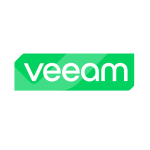

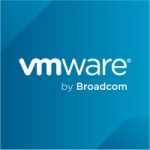
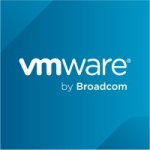






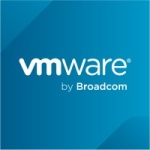

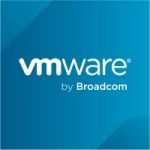
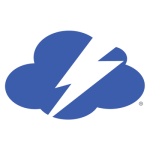

Nice review. Interesting to see the comparison to Turbonomic and differences. We went with Turbonomic as I found vROps too cumbersome but sounds like they have worked out things in new versions.